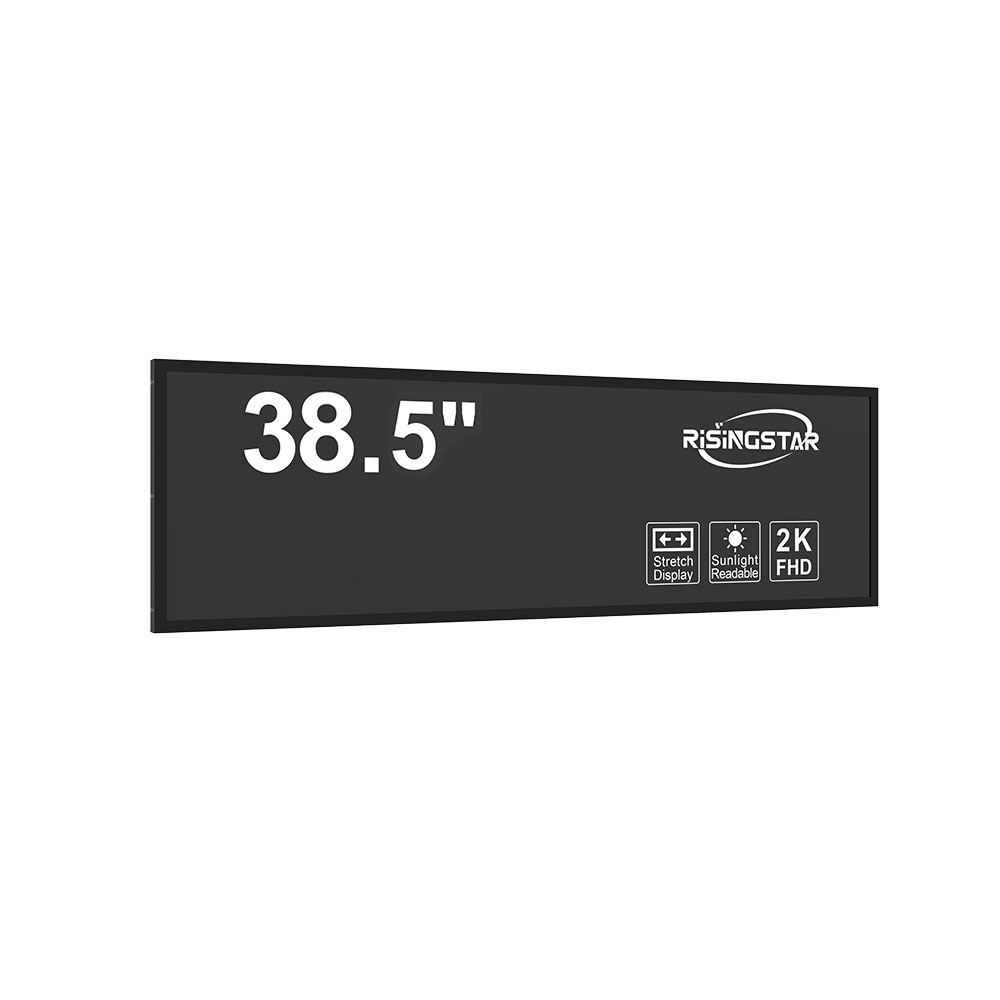High-brightness sunlight-readable LCD screens are critical components in modern outdoor display systems, particularly in industrial, military, transportation, and automotive environments where visibility under direct sunlight is essential. These displays are engineered to maintain clarity and readability even under intense ambient light conditions—typically exceeding 100,000 lux, which far exceeds indoor lighting levels of about 300–500 lux. The technology behind such screens integrates advanced optical design, high-efficiency backlighting, and specialized coatings to ensure optimal performance in harsh environments.
One of the core innovations enabling sunlight readability is the use of high-luminance LED backlights. Unlike standard LCDs that may have brightness levels of 250–400 cd/m², sunlight-readable displays often achieve 3,000–5,000 cd/m² or higher. This increase in luminance is achieved through multi-layered backlight designs, including edge-lit or direct-lit configurations with diffusers optimized for uniformity and efficiency. For example, a case study by Sharp Corporation in 2021 demonstrated that their 7-inch sunlight-readable LCD module (model: LQ070H1LW01) reached over 5,000 cd/m² while maintaining low power consumption—critical for portable or battery-powered applications like field service tools or UAVs.
Another crucial factor is the use of anti-reflection (AR) coatings and polarized glass layers. These reduce glare from reflected sunlight, which can otherwise obscure text or images on the screen. According to research published in the IEEE Transactions on Consumer Electronics (2020), AR-coated displays show up to 85% reduction in specular reflection compared to uncoated counterparts. Additionally, some manufacturers integrate micro-louver films or transflective liquid crystal technologies that allow the screen to utilize both ambient light and backlighting—enhancing visibility without excessive power draw.

Environmental resilience is also a key design consideration. Military-grade panels must meet MIL-STD-810G standards for temperature extremes (-30°C to +70°C), shock resistance, and humidity tolerance. For instance, COTS (Commercial Off-The-Shelf) displays used in U.S. Army vehicle dashboards are tested for vibration at 10g acceleration across all axes, ensuring operational reliability in combat zones. In contrast, commercial applications like kiosks or digital signage often require IP65 or higher ingress protection ratings for dust and water resistance.
The evolution of this technology has been driven by real-world needs. A 2022 report from Statista indicated that the global market for high-brightness LCDs grew at a CAGR of 7.3% from 2019 to 2023, reaching $4.2 billion in revenue. This growth is fueled by demand from sectors such as smart cities (e.g., interactive bus stop displays), agriculture (e.g., GPS-guided tractors), and renewable energy (e.g., solar panel monitoring systems). Furthermore, recent advancements in OLED-based sunlight-readable displays offer improved contrast ratios and faster response times—though they currently remain more expensive than traditional LCDs.

From an engineering perspective, optimizing these screens involves trade-offs between brightness, power efficiency, cost, and thermal management. For example, increasing brightness typically increases heat generation, requiring effective thermal dissipation solutions such as aluminum heat sinks or active cooling fans. Engineers must also consider viewing angles, color accuracy, and response time, especially for dynamic content like video feeds in security systems or navigation maps in aviation.
In summary, high-brightness sunlight-readable LCDs represent a convergence of materials science, optics, electronics, and environmental engineering. Their widespread adoption across industries underscores their importance in enabling reliable human-machine interaction outdoors—a necessity in our increasingly connected world.
2025-07-31
2025-07-31
27 인치 LCD 패널 제조 업체2025-07-31
40 인치 IP68 터치 스크린 공급 업체2025-07-31
32 인치 600/1500/2500 Nit LCD 디스플레이